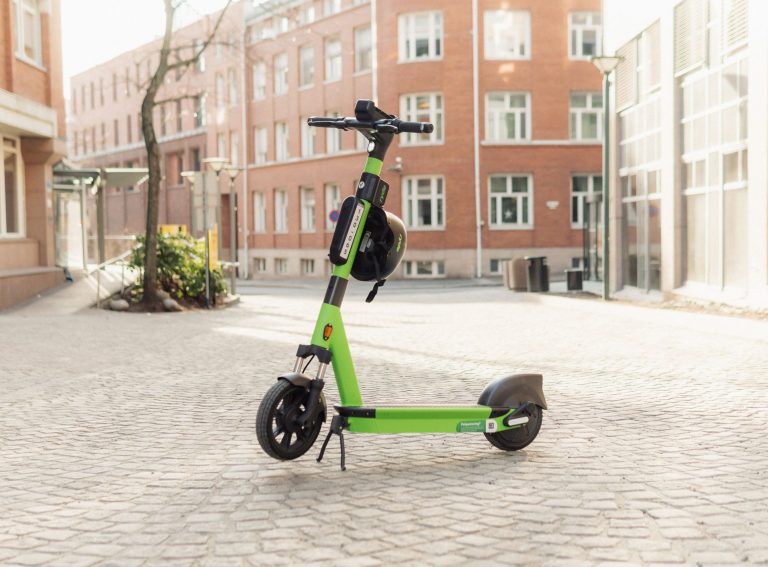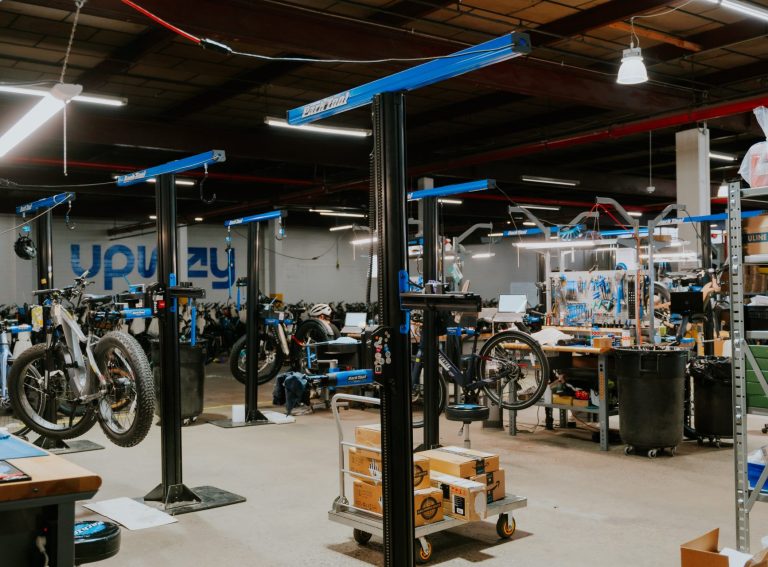In the UK, 1 in 5 disabled people are unable to travel due to a lack of appropriate transport options.
Striving to change that is Sandra Witzel – Chief Marketing Officer of MaaS technology platform SkedGo, Board Trustee of the Research Institute for Disabled Consumers, and Co-Founder of Women in Mobility UK.
As the mobility ecosystem brings new sustainable solutions to the forefront, Sandra is determined that these tech-savvy alternatives change not only the transport sector’s green credentials but also its accessibility and inclusivity for disabled people, women and other over-looked groups.
Zag: What’s been a personal challenge you’ve faced as a transport user?
Sandra: “I’m a transport technology professional, and I’m also a disabled transport user. When I moved to the UK, I suddenly felt like I was becoming more disabled. This follows the social model of disability which means that disability doesn’t come from the person, but it is a barrier created by society and the cultural environment.
“Changing my environment to the UK meant I found transport more difficult than for example in the Netherlands. In the UK, I need to book assistance to help me on and off the train because there is no level boarding. In many other countries I don’t need to rely on that and have a lot more independence. This is a real challenge in day-to-day living because you don’t know what you’re up against when you leave the house and it can cause a lot of stress and anxiety.”
Zag: What’s the consequence of this?
Sandra: “It can make travel so uncomfortable that disabled people just don’t travel anymore. In the UK, the transport accessibility gap stands at 38%, which means people with disabilities make almost 40% fewer trips. That means fewer trips to employment opportunities, health care appointments, meeting friends, doing the groceries, and just living life. Improving this statistic is what I see as one of the biggest challenges in the transport sector.”
Zag: How are you planning to do this?
Sandra: “With my work, I raise awareness about accessibility and inclusion in the transport sector and use my standing in the industry to speak out for those who don’t have a voice. I hope to enable change in the sector through that.”
Zag: You’re a Broad Trustee of the Research Institute for Disabled Consumers (RiDC). How are you working with this charity to make mobility businesses more accessible for people with disabilities?
Sandra: “The RiDC is doing amazing research, not just in the transport sector, but also in regards to digitisation, products and our overall environment. One piece of research looked at EV charging as an example of a new sustainable mobility technology solution that we want people to use, but it’s not been made accessible. If we just cram in as many EV chargers as possible into some dark corner of a carpark rather than a well-lit, spacious, safe location then many people aren’t going to use them. The RiDC does this research to find out what it is that people need. They have a consumer panel of around 4000 disabled and elderly consumers who are testing and mystery shopping to judge how accessible products and services are for them. The findings then get fed back to companies and to the public in order to create change.”
Zag: What do you want to see organisations doing to make transport more accessible for people with disabilities?
Sandra: “Companies should look at inclusion and accessibility at a much earlier stage. Take for example the discussion about autonomous vehicles and how they would be to make the transport system more efficient and inclusive for disabled people. They generally could be great for anyone without a drivers licence. But when you look at the safety aspect of autonomous vehicles, would you really want to get inside an autonomous shuttle at night, in the dark, with no driver? I don’t know. I probably wouldn’t. The safety angle isn’t considered and women and disabled people are left behind.
“Another example is the physical accessibility of autonomous vehicles. Quite often the ramps aren’t even suitable for getting a wheelchair on and off independently. Or that might be the only feature they have. There’s a very strong lack of awareness here about what accessibility and disability means. Disability is not just catering for wheelchair users. We have user-groups who are ageing into disability, who are blind, deaf or neurodiverse. It seems short-sighted to me to not consider these people right from the start. It’s not a good business case either because you’re instantly losing a large part of your customer base.”
Zag: How do we make new mobility more inclusive for women?
Sandra: “There’s a similar lack of consideration. For example, a year after e-scooters first came onto the market, ridership statistics were released and everyone was wondering why women aren’t using e-scooters as much as men. It came as a big surprise to many companies. When they dived deeper into the data and conducted focus groups, they spoke to women who said e-scooters just aren’t suitable for them. How do we safely use an e-scooter? Nobody’s teaching us how to do it. Where do I put my handbag? How do I ride an e-scooter in heels? What if I have to buy groceries on the way – should I leave my e-scooter outside the shop? Will it still be there when I come out and, if not, how do I get home? Women had all these issues that were relating to their circumstances, behaviours, and lives that weren’t being catered for. So they didn’t use them.”
Zag: Those are some of the barriers that prevent women from using mobility. How about barriers that stop women from working in mobility?
Sandra: “The transport workforce is around 20% female which is a big gender imbalance. Less visibility of women means a less attractive workplace for women. There are very few female senior executives in the transport sector, and this makes it harder for women to advance overall. Then there are the ‘little’ things too. I spoke to someone recently who works in the operational department of a transport company where one of the factory’s women’s toilets was being used as storage space. It’s those situations where women feel like they’re not relevant, they don’t count, there’s no space for them. These seemingly ‘small’ things need to change to make the transport sector more appealing to women to work in. In addition to general working conditions of course.”
Zag: What else can businesses do to encourage women to enter the new mobility workforce?
Sandra: “Inclusive recruitment practices would be helpful. There is a lot of information out there to make workplaces more female-friendly. Flexible working hours and hybrid working are important to accommodate for growing families. At SkedGo, we’re completely remote. We are flexible with working hours because we are task driven. We want people to do the job but we don’t necessarily mind when they do it. They can split up their time as they see fit, rather than a nine to five. This means we see low staff turnover.
“Businesses should also have an open culture which develops allyship from the top, and amongst male staff. Leaders need to see the benefit of an inclusive workplace to really get behind the cause. A more diverse company is a company that performs better. That doesn’t just count for gender but for everything – race, disability, sexuality, religion etc. The more diverse we are, the more appealing the workplace gets, because we can bring our whole self to work, not just a small part.”
Zag: Who is one woman in the new mobility industry you would like to spotlight?
Sandra: “I would like to put the spotlight on the German Women in Mobility group. Their trailblazing work inspired me to start a similar organisation in the UK, together with Olga Dennis and Annie Reddaway. They started out in 2015 and have connected, inspired and promoted thousands of women in the industry since. I hope we can achieve this in the UK over the next years as well.”





